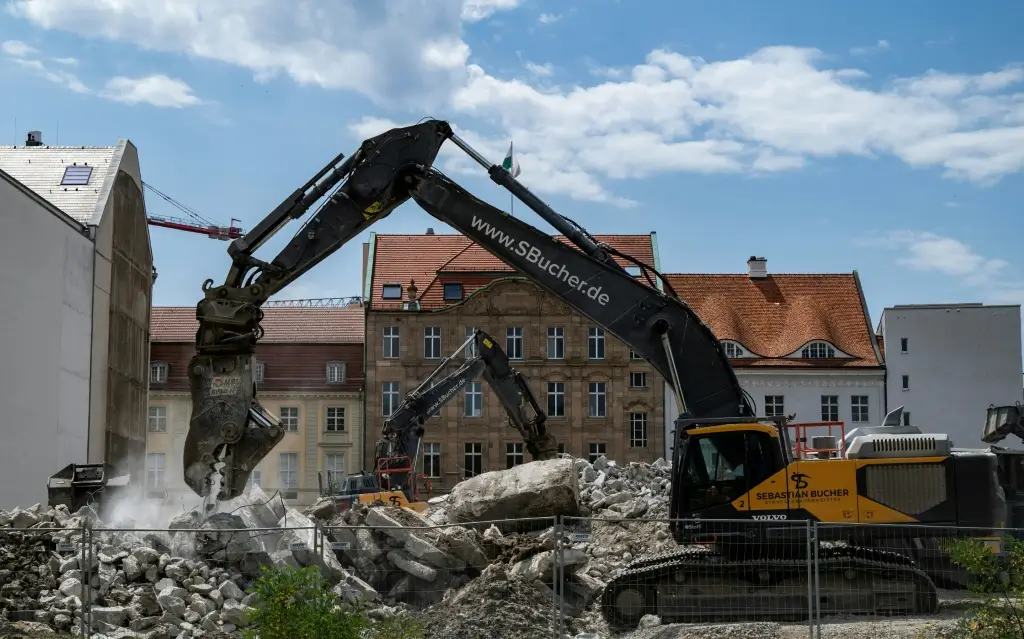
Germany’s settlement and transport areas account for 14.6% of the country’s total surface, equal to 5.2 million hectares. According to the latest data from the Federal Statistical Office (Destatis), these areas expanded by an average of 51 hectares per day between 2020 and 2023. This marks a slight increase compared with the previous four‑year average of 49 hectares per day from 2019 to 2022. The German government’s sustainability strategy aims to reduce the daily growth to under 30 hectares by 2030 and ultimately reach a land‑use circular economy by 2050, where no new net land is taken for settlement and transport purposes.
These areas are not limited to sealed surfaces such as asphalt or concrete. They also include unsealed open spaces and green areas connected to built environments, such as gardens, playgrounds, cemeteries, and camping grounds. Even though these lands are classified as settlement or transport areas, they often remain partially permeable and provide ecological or recreational functions.
In 2023, land for residential, industrial, commercial, and public facilities increased by 35 hectares per day, slower than in previous years, reflecting a decline in building activity both within and outside urban areas. Industrial and commercial land decreased sharply in Brandenburg (‑7.1%) and Thuringia (‑6.7%).
One notable growth area was renewable energy infrastructure: in Bavaria, land for photovoltaic open‑space installations grew by 17.2% in 2023, boosting the category of industrial and commercial areas.
Leisure, sports, recreation, and cemetery land saw strong growth, expanding by 17 hectares per day in 2023 compared with 12 hectares in 2022. Brandenburg recorded the steepest rise at +14.8%, largely due to the reclassification of land previously earmarked for development into recreational and open‑space use.
Germany’s total area measures 35.8 million hectares. Vegetation dominates the landscape, covering 83.1% (29.7 million hectares). Agricultural land holds the largest share at 50.3% (18.0 million hectares), followed by forest areas at 29.9% (10.7 million hectares). Settlement land makes up 9.5% (3.4 million hectares) and includes residential areas as well as mining, quarrying, and excavation sites. Transport infrastructure covers 5.1% (1.8 million hectares). Water bodies represent just 2.3% (0.8 million hectares).
Alongside the latest 2023 results, Destatis has revised earlier data for 2020 to 2022. Updated surveying revealed that existing forest paths had been recorded as transport areas for the first time, resulting in reclassification rather than actual new land development. These changes required recalculation of the sustainability indicator “Increase in Settlement and Transport Area.” Revised figures show the four‑year average was slightly lower than initially reported: 53 hectares per day for 2020 (previously 54), 53 hectares for 2021 (previously 55), and 49 hectares for 2022 (previously 52).